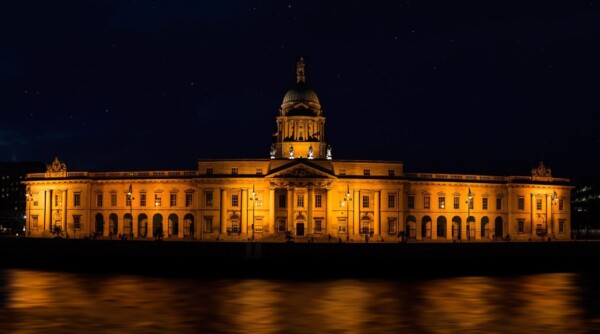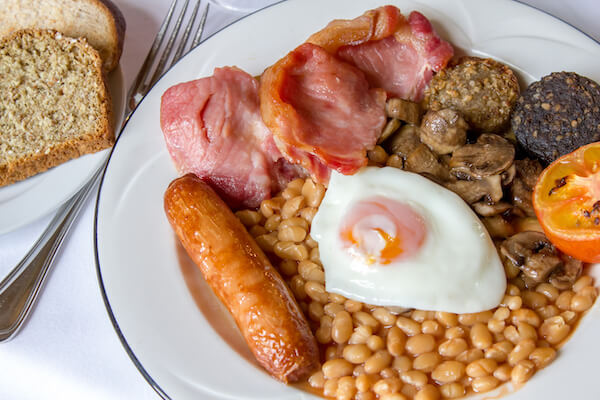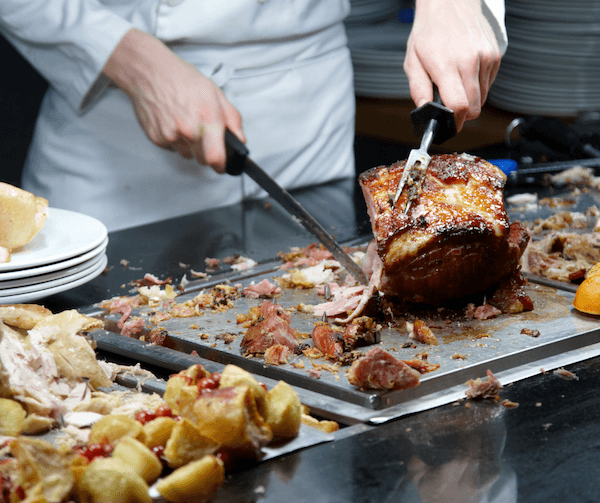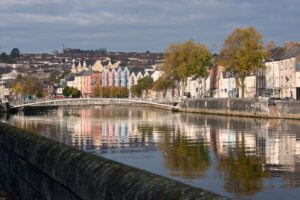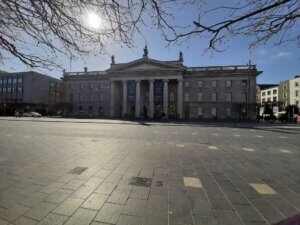Dublin on a budget might seem unrealistic but with the right strategy, you can bring down the cost of your next trip to Ireland’s capital city by utilizing these money-saving tips.
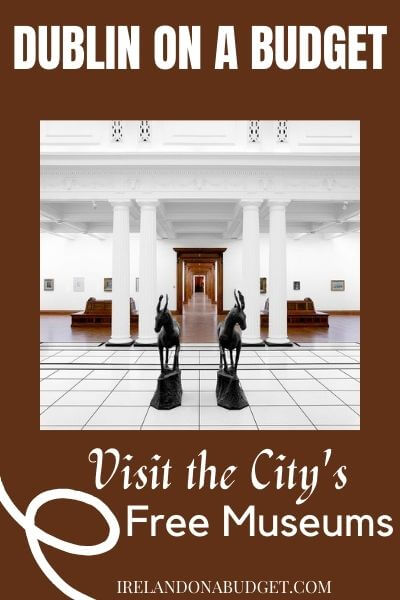 This post and page contain affiliate links and I may earn compensation when you click on the links at no additional cost to you.
This post and page contain affiliate links and I may earn compensation when you click on the links at no additional cost to you.
#1 Use the Leap Card on Dublin’s Public Transportation System
To save the most money on getting around Dublin on a budget, you should purchase the Leap Visitor Card, a reloadable travel card that is available as an app for both iPhone and Android smartphones.
For travel over a 24-hour period, you will pay €10, for 3 days or 72 hours, you pay €19.50 and for 7 days or 168 hours, you pay €40.
You can purchase the card online.
Dublin has a good public transportation system. If you are in the city for any length of time, use it.
The system includes Dublin Bus, the Luas, and the DART.
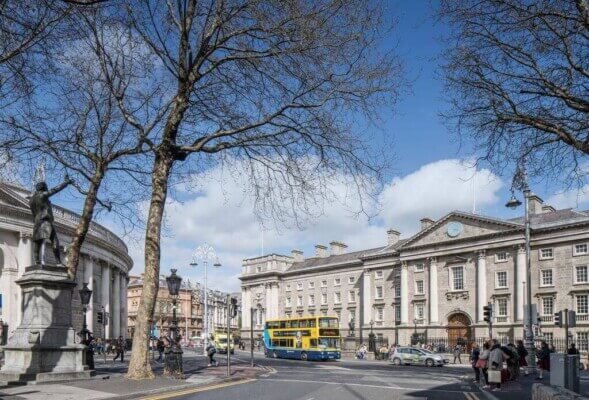
Dublin Bus operates from the city center all across the Dublin suburbs, so no matter where you are in the city, you will be able to get a bus to the major tourist attractions.
The Luas is the city’s light rail system, which also connects passengers from the city center to various suburbs.
Depending on where you are staying and if your accommodation is close to either the Luas Red Line or the Luas Green Line will determine if you should use the Luas system or Dublin Bus.
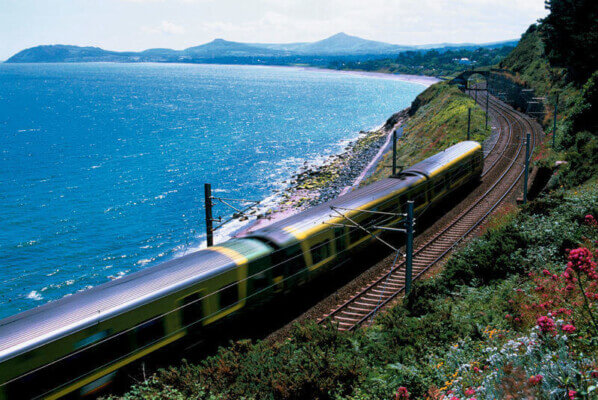
The DART (Dublin Area Rapid Transit) runs north to south along Dublin’s coast. It starts in Balbriggan, north of the city, and extends to Kilcoole in Co. Wicklow.
If you are staying in the towns along Dublin’s coastline, you’ll be able to get the train from any one of those places to the city center.
The DART comes into Pearse, Tara, and Connolly stations in the city center.
Visit this page for more detailed information on public transportation in Dublin so that you have a good idea of how to get around Dublin on a budget.
Read more: How to Save Money on Accommodation in Dublin
#2 Visit Museums and Libraries for Free
Dublin is blessed with several museums and libraries that are completely free of charge.
Here is a list of Dublin’s free museums that you shouldn't miss on your next trip to Dublin:
The National Library of Ireland – The National Library of Ireland was established in 1877 to make the collections of the Royal Dublin Society available to the public.
On your visit, you’ll discover a treasure trove of fascinating materials, such as the personal notes and writings of James Joyce, William Butler Yeats, and Seamus Heaney, among other archived texts.
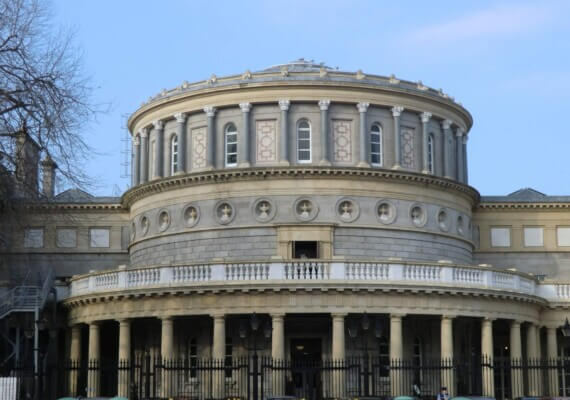
The library also has a free genealogy advice service. The National Library also hosts exhibitions year-round at its main building on Kildare Street, but also at Meeting House Square in the Temple Bar section of the city and at the Bank of Ireland Cultural and Heritage Centre on Westmoreland Street. See a list of current and future exhibitions here.
The National Gallery of Ireland – while entry to the permanent collections at The National Gallery of Ireland is free, you will have to pay to see other ticketed events.
The National Museum of Ireland– the National Museum of Ireland includes the National Museum of Archaeology on Kildare Street, the Decorative Arts & History Museum at Collins Barracks, and the Natural History Museum at Merrion Square. All are free to enjoy.
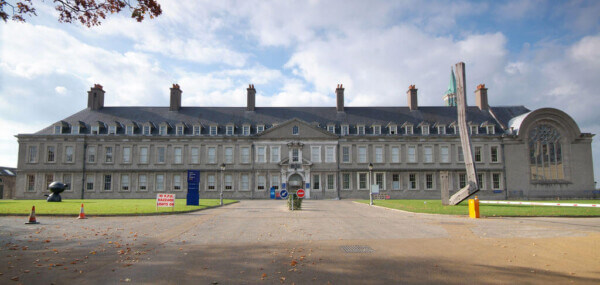
The Irish Museum of Modern Art – this museum is housed in what was once the Royal Hospital Kilmainham, an extraordinary 17th-century building that was built in 1680 by the Royal Command.
Its design is based on Les Invalides in Paris. It is considered Ireland’s premier museum for modern and contemporary art. Most of the exhibits are free.
The Hugh Lane Gallery – founded in 1908 by Sir Hugh Lane, an Irish art dealer, collector, and gallery director, this amazing gallery includes a permanent exhibition and other revolving exhibitions, mostly by contemporary Irish artists.
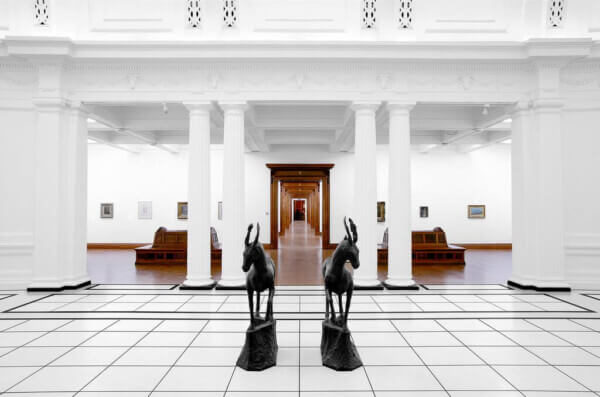
The Chester Beatty Library – The Chester Beatty Library, named after Sir Alfred Chester Beatty, a New Yorker and mining magnate who moved to Dublin in 1950.
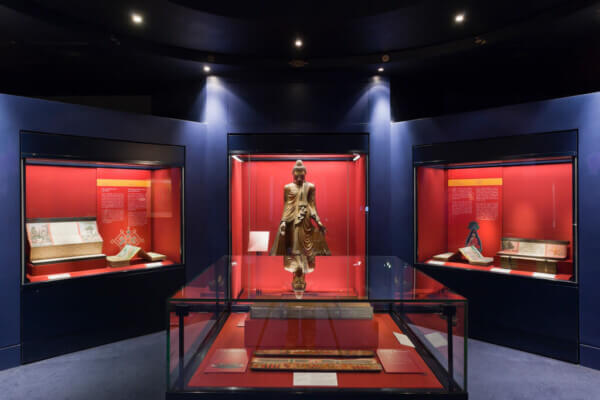
It has a collection of 20,000 manuscripts, rare books, miniature paintings, clay tablets, costumes, and other historical and aesthetically important artifacts.
The Bank of Ireland Building (once known as the House of Lords in Ireland) – was home to the Irish Parliament House until 1801. Look for the House of Lords chamber when you visit.
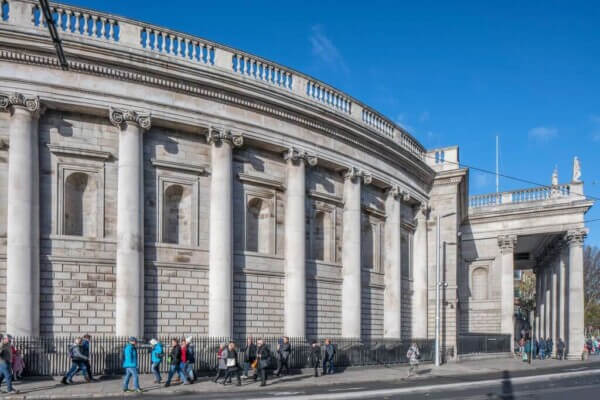
It includes Irish oak woodwork, a mahogany longcase parliament clock, and a late 18th-century Dublin crystal chandelier. Apparently, the design was used to create the U.S. House of Representatives in Washington, D.C.
Aras an Uachtaráin – this is the official residence of the President of Ireland, Michael D. Higgins.
This beautiful Palladian mansion, located on the grounds of Phoenix Park, was built in 1751 as a home for the Phoenix Park ranger, Nathaniel Clements.
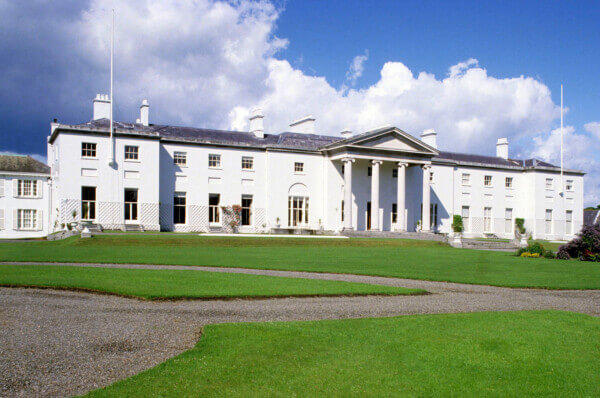
It was later used as the official residence of the viceroys who were in charge of British rule in Ireland before the country gained its independence from Britain in 1921.
Several renovations and additions have been made to the house over the years. It is open to visitors on a first-come, first-served basis. All tours are free.
#3 Use the Go City Pass to See Dublin’s More Expensive Attractions
If, when visiting Dublin on a budget, you are interested in seeing the more expensive attractions that are often the most popular, it’s a good idea to consider purchasing the Go City Pass.
The pass gets you into over 32 top attractions throughout the city.
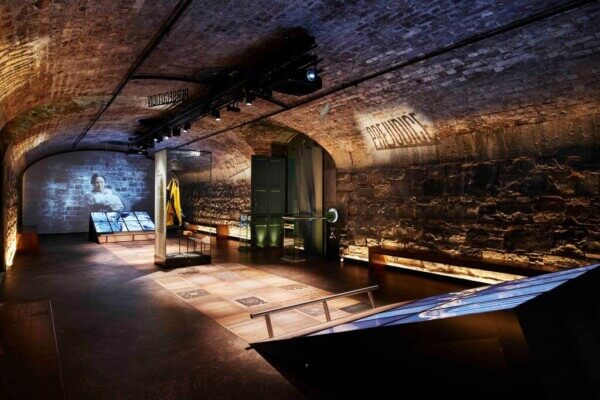
Some of them include Dublin Castle, the Guinness Storehouse, Jameson’s Distillery Bow Street, EPIC, the Irish Emigration Museum, the Jeanie Johnson Tall Ship & Famine Museum, the Hop-On Hop-Off bus tour for one day, and much, much more.
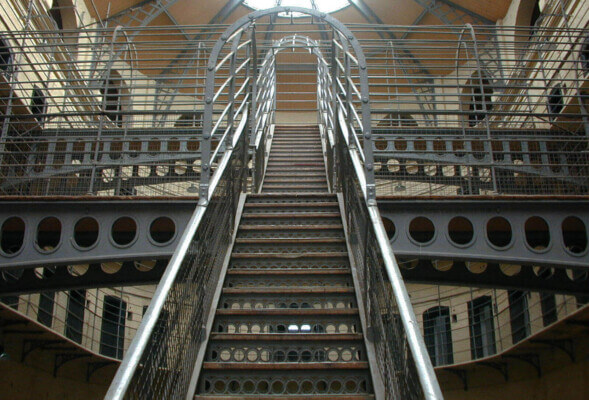
The only popular Dublin attraction that is not covered by the Dublin Pass is Kilmainham Gaol.
#4 Stay in Dublin’s Budget-Friendly Hotels & Guesthouses
Like other European cities, it’s not always easy to find budget accommodation in Dublin, but that doesn’t mean it can’t be found.
Avoid the city center if you can where accommodation is typically higher.
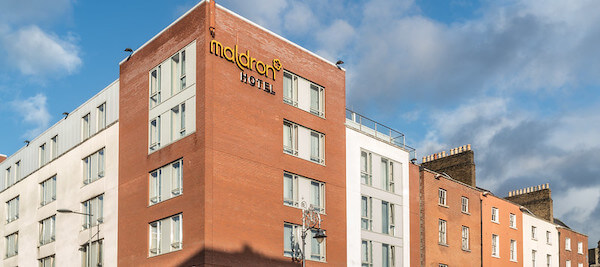
If you must stay in the city center, I recommend the Maldron Hotel in Parnell Square, which is close to many of the city’s attractions. The rooms in the hotel are fairly roomy.
This hotel is known for its quality breakfast and friendly atmosphere. Rates during the summer average $195 per couple per night.
Wynn's Hotel is another favorite, and it's right in the heart of the city. It also tends to be a bit cheaper than other hotels in central Dublin.
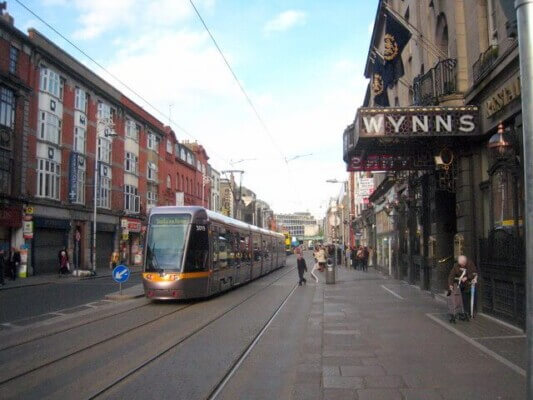
This historic family-run hotel located on Abbey Street has been part of the Dublin city landscape since 1845.
The pristine 3-star accommodation once played a vital role leading up to the 1916 Easter Rising. It was subsequently burned to the ground during the conflict and rebuilt. Ten years later, in 1926, it was re-opened.
Expect plush furnishings, a distinct Victorian style, beautiful stained glass, and plenty of value at Wynn’s Hotel.
You’ll discover comfortable bedrooms at Wynn’s – there are single bedrooms, double, treble, and even quads available. All come with large bathrooms.
Dublin’s Embassy District offers some value in terms of budget and it’s only a short distance by public transportation to the city center.
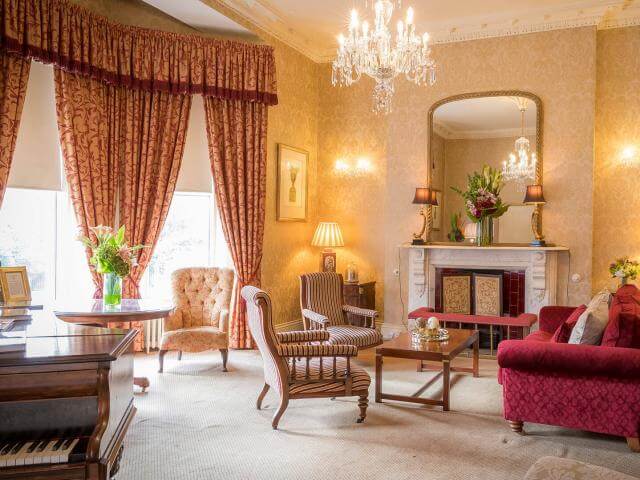
I’d recommend the Victorian-themed Ariel House, which at the height of the tourist season is approximately $190 per night for two, with breakfast included. Obviously, you can get better deals off-season.
If you want to get the best prices, look for hotels or B&Bs at least a 30-minute ride by train or bus from the city center.
If you make use of the transportation tips above, you should have no problem getting in and out of the city.
The Royal Marine Hotel, a beautiful building overlooking Dublin Bay in Dun Laoghaire, is a 25-minute ride on the DART.
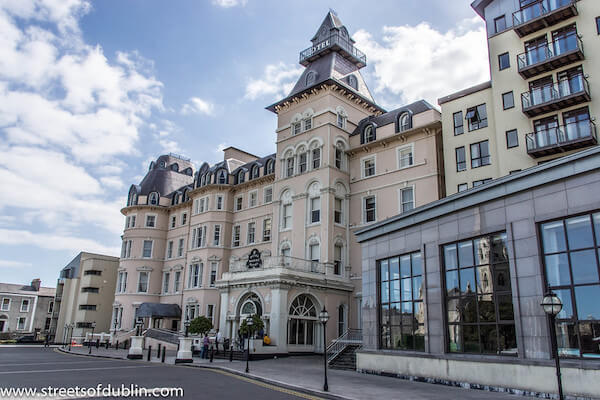
If you are in a group of 4 or more, it’s a good idea to rent a house or apartment for a week or so. Here are some properties in the Dublin area that are ideal if you are sharing the expense.
Stay in one of Dublin’s many B&Bs, like this one in Howth, which averages about €110 a night for two, breakfast included.
While hostel accommodation is not for everyone, it can be a great option for those on a tight budget.
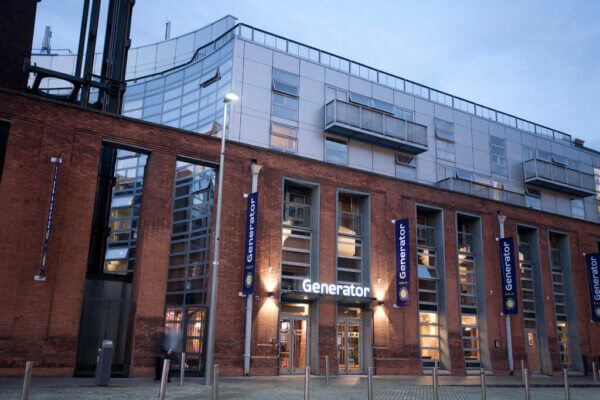
The city has several hostels, many of them offering amenities you will find in other types of accommodation at a higher cost.
They include the Generator, Jacobs Inn, the Isaacs Hostel, and more. Rates for all of them can be found here.
Read More: Where to Stay in Dublin: 7 Budget Picks in the City Center
#5 Eat Out at Dublin's Budget-Friendly Restaurants
There’s no doubt that Dublin can be expensive when it comes to eating out. Here are some money-saving tips that will be kinder to your wallet when visiting Dublin.
- Eat a large breakfast before heading out for the day. While continental breakfast is available in hotels and guesthouses across Dublin, the full Irish breakfast is a much more satisfying choice.

A full Irish breakfast is a staple at most Irish hotels and B&Bs. Photo: Getty Images. Fueling up at the beginning of the day will cut down on the necessity for lunch later on. If you must eat in the middle of the day, bring some snacks or a lightly packed lunch with you.
- While they are more common in pubs across other parts of Ireland, some Dublin pubs still serve buffet-style meals known as carveries.

Photo: tirc83 for Getty Images Signature. Simply put, they consist of honest-to-goodness staples like potatoes, meat, and vegetables, all for a fixed price. Roast beef dinners, turkey, and traditional bacon and cabbage are firm favorites. These moderately-priced meals can be found at Copper Face Jacks, Madigan's Earl Street, the 51 Bar, and O’Neills Pub and Kitchen.
- Take advantage of the early bird specials that you’ll find in many Dublin restaurants. Be sure to get there at the designated time to snag the savings.

Photo: gguy44 for Getty Images Pro.
Have you visited Dublin lately? Have these tips given you some ideas on how you might visit Dublin on a budget?
If so, let me know in the comments below.

